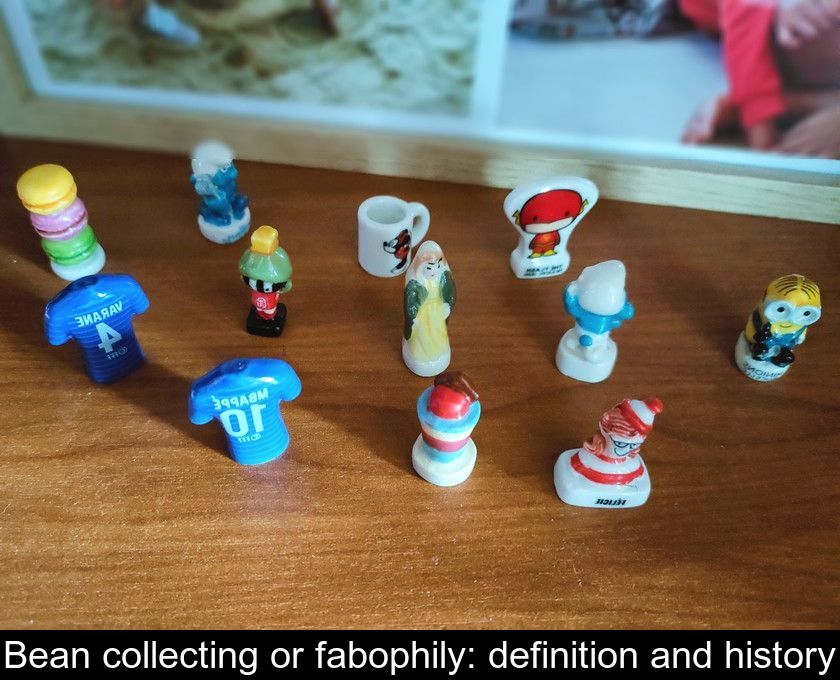Bean Collecting Or Fabophily: Definition And History
For the fabophile, i.e. the bean collector, Epiphany is not only the occasion to share the "galette des Rois" with the family but also the occasion to increase one's collection of porcelain subjects. The collection of beans has given birth to many websites and forums of collectors to exchange or acquire some pieces more or less rare.
Fabophily or the passion for beans
Bean collecting, also known as favophilia or fabophilia, includes building up entire sets of beans on a single theme or seeking out rare designs.
From a simple vegetable bean, the Galette des rois bean has become a real collector's item, which can be Gilded with 24-carat fine gold or declined in an infinite number of shapes.
This object lends itself particularly to the passion of collecting since today there are beans for all tastes.
Made of plastic or, more often, porcelain or ceramic, the beans can represent as well the Santons of the crib as the characters of Walt disney and the superheroes of American cinema.
What is the history of the Epiphany bean?
The history of the Epiphany bean and fabophily begins with the vegetable bean, a symbol of life that was already part of ancient rites because of its embryonic form.
Also used as a voting token among the Greeks, the bean did not appear in the Kings' cake until the 15th century.
The First porcelain bean was made in Germany in 1874 in the form of a bather.
It wasn't until 1892 that fava beans took on other shapes, always representative of their time of manufacture.
In the 20th century, the world of cartoons succeeded religious themes (such as nativity scenes, Jesus, angels, doves) and lucky charms.
In addition, some bakers and brands make their own personalized beans, often drawn in limited numbers and therefore of greater value to fabophiles.
Today, different cakes host fava beans depending on the region of France: Couronne des rois brioche in the South or galette à la frangipane everywhere else.
How to build a collection?
Collectors typically seek to collect complete sets of beans and may even own identical sets, but in dull and glossy versions.
Beans generally trade for 1€ each and between 2 and 80€ for advertising beans.
The rarest models can reach much higher prices and are traded between amateurs between 500 and 2000€.
The Internet forum or the personal website are privileged means for exchanges between fabophiles.
You can also complete your collection of beans through online sales sites such as Ebay or specialized sites.
Finally, treasures unearthed at flea markets and yard sales are often a collector's delight.









